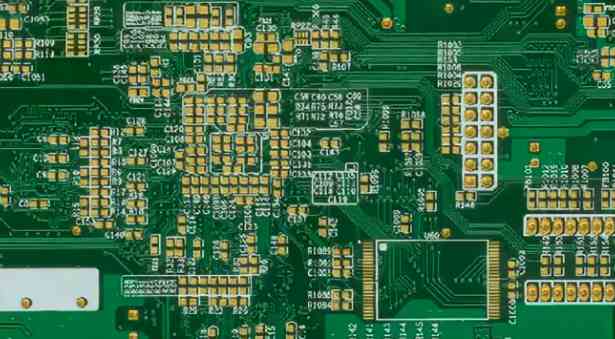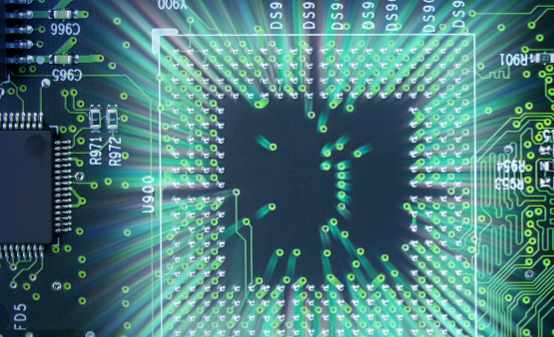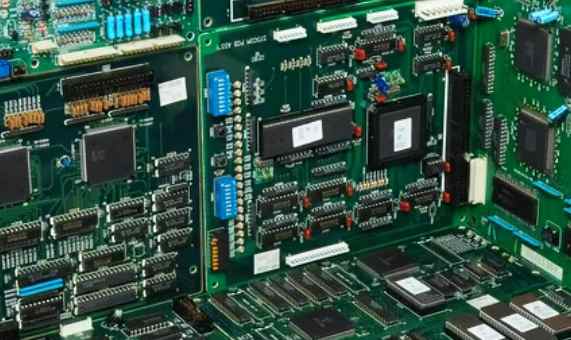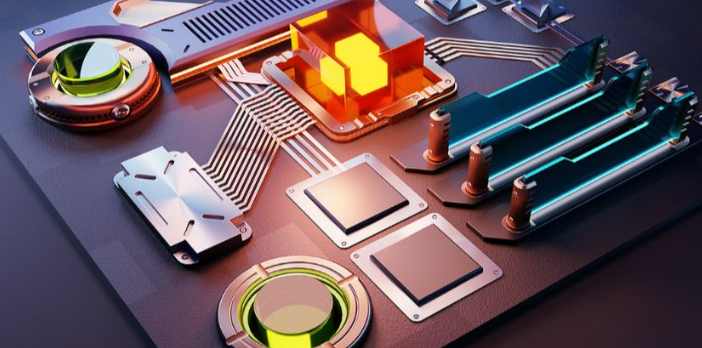
Use real connection and stamp hole instead of V-Cut sub-board
Since V-cuts can damage the structural strength of the board, try not to use V-Cut subboards, or reduce the depth of the V-Cut.
Real connection: the use of knife - type splitter
Influence of different materials on plate deformation
The excessive deformation and defect rates of plates of different materials were counted, and the results were shown in Table 1.
As can be seen from the table, the deformation defect rate of low-TG materials is higher than that of high-TG materials. The high-TG materials listed in the table above are all package-shaped materials, and the CTE is smaller than that of low-TG materials. Meanwhile, in the processing process after pressing, the baking temperature is up to 150℃, so the influence on low-TG materials is definitely greater than that of medium-high Tg materials.
Engineering design research
Engineering design should avoid structural asymmetry, material asymmetry and graphic asymmetry as far as possible to reduce deformation. Meanwhile, during the research process, it is also found that the core plate directly pressed structure is easier to deform than the copper foil pressed structure. Table 2 shows the test results of the two kinds of structural plates.
It can be seen from Table 2 that there are obvious differences in the defect rates of unqualified deformation of the two structures. It can be understood that the core plate pressing structure is composed of three core plates, and the expansion and contraction and stress changes between different core plates are more complicated and difficult to eliminate.
In engineering design, the form of panel frame also has a great influence on the deformation. Generally, PCB factories will have continuous large copper frame and non-continuous copper point or copper block frame, which are also different.
Table 3 shows the comparative test results of the two frame design panels. The reason why the deformation of the two forms of the frame is different is that the continuous copper frame has high strength, and the rigidity is relatively large in the process of pressing and assembling the plate, so that the residual stress in the plate is not easy to release, which is concentrated in the release after the shape processing, resulting in more serious deformation. While the non-continuous copper point frame gradually releases the stress in the process of pressing and subsequent processing, and the veneer deformation is small after the shape.
The above are some possible influencing factors involved in engineering design, such as flexible use in design. It can reduce the deformation effect brought by the design.
3.3 Research on compression
Pressing is very important to deformation, and the stress can be effectively reduced by reasonable parameter setting, press selection and laminating mode. For the general symmetrical structure of the plate, it is generally necessary to pay attention to the symmetric laminated plate when pressing, and symmetrical placement of tool plates, buffer materials and other auxiliary tools. At the same time, the combination of cold and hot press is also significantly helpful to reduce the thermal stress. The reason is that the cold and hot separate press transfers the sheet parts to the cold press at high temperature (GT temperature above), and the loss of pressure and rapid cooling of the material above the Tg point will lead to rapid release of thermal stress and deformation, while the cold and hot integrated press can realize the cooling at the end of hot pressing and avoid the loss of pressure of the sheet parts at high temperature.
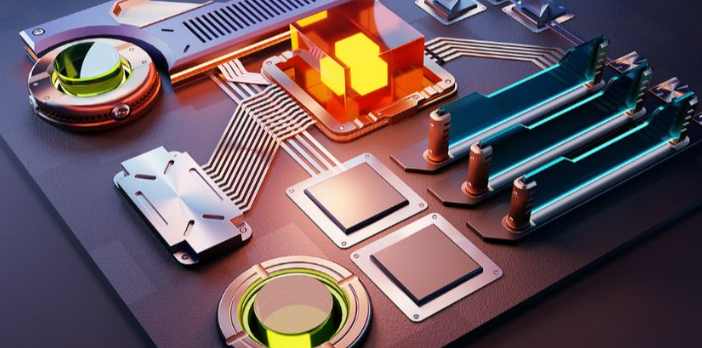
At the same time, for the special needs of customers, it is inevitable that there will be some plates with asymmetric materials or structures. At this time, the deformation caused by different Ctes analyzed above will be very obvious. To solve this problem, we can try to use asymmetric laminated plates. The principle is that the asymmetric placement of the buffer material makes the temperature rise rate on both sides of the PCB board different, so as to affect the growth and contraction of different CTE core cypress in the heating and cooling stages to solve the problem of inconsistent deformation. Table 4 shows the test results of a type of plate with asymmetric structure in our company.
Through asymmetric stacking, plus a post-cure process after pressing, and leveling before shipping, the board finally met the customer's 2.0mm requirement.
3.4 Other Production Processes
In PCB production process, in addition to pressing, there are several high temperature treatment processes, such as welding resistance, characterization and hot air smoothing. Among them, the maximum temperature of the drying board after welding resistance and character is 150℃. As mentioned above, this temperature is above the Tg point of ordinary Tg material, which is in a high elastic state and easy to be deformed under external force. At the same time, when drying the plate, ensure that the direction of the plate is parallel to the direction of blowing. During hot air leveling, ensure that the plate is cooled in the tin discharging furnace for more than 30 seconds to avoid sudden cooling deformation caused by cold water washing after treatment at high temperature.
In addition to the production process, the storage of PCB board parts at each station also has a certain impact on the deformation. In some manufacturers, due to more production waiting and narrow site, multiple boards will be stacked together for storage, which will also lead to external deformation of the board parts. Since PCB board also has a certain plasticity, these deformation will not be 100% recovered in the later flattening process.
3.5 Flatten before shipment
Most PCB manufacturers will have a leveling process before shipment. This is because the deformation of the plate caused by heat or mechanical force is inevitable in the processing process, which can be effectively improved by mechanical leveling or hot drying leveling before shipment. Affected by the heat resistance of blocked welding and surface coating layer, the temperature of the drying plate is generally below 140℃~150℃, which is just above the Tg temperature of ordinary materials, which has great benefits for the leveling of ordinary plates, while the leveling effect of high Tg materials is not so obvious. Therefore, the temperature of the drying plate can be appropriately increased on some high Tg plates with serious warping. But to the main ink and coating quality. At the same time, pressing weight and increasing cooling time during the drying of the plate also have a certain improvement effect on the deformation. Table 5 shows the test results of the flattening effects of different pressing weight and furnace cooling time on the plate, from which it can be seen that increasing pressing weight and extending the furnace cooling time have obvious effects on the flattening of the deformation.




